
The Forbidden Places & Subterranean Secrets of 10 Big Cities
By Darmon Richter, Urban Ghosts Media, 10 January 2015.
By Darmon Richter, Urban Ghosts Media, 10 January 2015.
There is more to a city than meets the eye - for what we see, what we know of a place, is often but a narrow cross-section of the complete organism. Like the layers of an onion, so too are our urban environments built upon layers and layers of infrastructure; from drains and sewers, to cable runs and metro lines. Some cities conceal the remains of ancient civilisations, while others hide more recent interments: air raid shelters, storage space, even, in some cases, underground government or military facilities.
Here then is a look at 10 cities from around the world, and a sample of the subterranean secrets each one keeps.
1. London, United Kingdom
In a city as old and as large as London, it’s almost inevitable to find oneself walking over the compressed layers of a deep and hidden history.
In the Victorian era particularly, London saw a trend towards subterranean expansion. Following the ‘Great Stink’ of 1858, Sir Joseph Bazalgette, chief engineer of the Metropolitan Board of Works, oversaw the construction of almost 1,200 miles of drains and sewers beneath the city. The foul, sewage ridden Thames tributaries - rivers such as the Fleet and the River Effra - were redirected to form subterranean waterways beneath the capital.
Other tunnels under London served more utilitarian purposes, as steam conduits or reservoirs, and many of those still remain in use - such as the large network of cable runs which today form a hidden grid beneath the city, carrying telephone lines, electrical cables, gas and high-speed Internet.
2. Odessa, Ukraine
Beneath Odessa, a city on the southern coast of Ukraine, lies a tangle of tunnels and mine shafts which between them form what is reckoned to be the largest network of catacombs anywhere in the world. With an estimated total length of 1,500 miles, if these tunnels were laid end to end they’d reach as far as Paris.
The Odessa Catacombs started out as a system of natural caves, which were then expanded rapidly due to mining operations in the 17th and 18th centuries. Smugglers too, were known to frequent this subterranean realm so close to the Black Sea coast.
When the Nazis invaded Odessa in 1941, the Red Army retreated north towards Russia; but as many as 6,000 Soviet partisans remained, hiding out in the tunnels beneath the city. From here they would launch surprise attacks on the occupying forces, destroying factories, stores and convoys before disappearing back into the labyrinth…and many would remain down there, right up until the Soviets returned to liberate Odessa in 1944.
3. Beijing, China
In 1969, Chairman Mao approved the plan to construct a vast warren of tunnels beneath the Chinese capital. The Beijing Underground City, or ‘Dixia Cheng’, was intended to offer shelter to all 6 million of the city’s then-inhabitants in the case of nuclear war.
Though the project was never completed, the tunnels eventually spread to cover an area of 32 square miles, featuring dormitories, mess halls, showers and stores, capable of sustaining 40 per cent of the city’s population.
In 2000, parts of the network were opened to the public in the form of a museum, accessed through a building in the Qianmen district. In February 2008, however, the museum was closed for renovations…and it has since failed to reopen.
Nevertheless, entrances to the Underground City can be spotted far and wide across Beijing - through padlocked doors and locked hatches bearing the faded signs for air raid shelters.
4. Manchester, United Kingdom
The city of Manchester has long served as a key port and industrial centre for Northern England - and during World War Two, these qualities made it an attractive target for Luftwaffe bombs. In 1940 the city suffered heavy losses, counting as many as 684 fatalities between 22nd and 23rd December alone.
In response to the airborne threat, large crowds of people were routinely moved to safety in a series of air raid shelters across the city. The Victoria Arches were one such location, built in 1838 beneath an embankment on Manchester’s River Irwell. They had previously served as landing stages for steam-packet riverboats, and for storage space, but during the war these large stone arches were fitted out to accommodate evacuees.
Today the arches lie abandoned, and completely sealed off from public access.
5. Pyongyang, North Korea
The first stations of North Korea’s Pyongyang Metro were opened in 1969, and would form the primary Chollima Line. A second, the Hyoksin Line, was constructed later. Today the network features a total of 17 stations - their names translating to words such as ‘Comrade’, ‘Glory’ and ‘Innovation’.
Beyond the public metro stations though, rumours abound of secret lines and subterranean military installations.
Speaking in Seoul, South Korea, the defector and former secretary of the North Korean Workers’ Party, Hwang Jang-Yop, claimed: “About 300 metres below ground in Pyongyang, there exists a second underground world which is different from the subway level.”
Other reports from North Korean defectors suggest a vast underground command centre, city-wide surveillance systems and a fleet of hidden military vehicles…but, like almost any news coming out of North Korea, such stories are probably best served with a liberal pinch of salt.
6. New York, USA
New York’s Grand Central Terminal has often been described as the world’s most beautiful rail station - but beneath its platforms, bars and restaurants, its iconic glass and marble, there lie a wealth of urban legends.
One of the more popular stories concerns the secret room known as ‘M42’. Located deep beneath the terminal, M42 is a control room containing the electrical converter to power the whole station. The room doesn’t appear on blueprints or maps though, and its existence wasn’t even acknowledged until the 1980s.
Image: Sam Horine
There is also much speculation about the terminal’s seemingly abandoned Track 61. This line was originally built for freight, but later it served as a private track for guests staying at the Waldorf Astoria. If the stories are to be believed, today Track 61 provides a clandestine method of transport beneath the Big Apple, usually reserved for presidential visits.
7. Moscow, Russia
There are many rumours of subterranean secrets beneath Moscow - and even an organisation of urban explorers, the ‘Diggers’, who dedicate themselves to uncovering buried treasures such as the much-speculated military transport system known as ‘Metro-2’.
This tributary to the River Moscow once served as a natural moat around one side of the Kremlin. It appears on maps dating back to the 15th century, when the river’s broad floodplains posed a handicap to the rapidly expanding city. As Moscow grew, however, the Neglinnaya (or ‘Neglinka’) was necessarily contained, culverted, then eventually built over and forgotten altogether.
Nowadays the Neglinka flows for almost five miles beneath northern Moscow, its timeless waters pouring under parks and palaces alike.
8. Istanbul, Turkey
Beneath the markets and minarets of Istanbul, lie subterranean secrets dating back multiple millennia. Not least among the city’s lost treasures are its cisterns; the Byzantine emperors had complex systems constructed for the storage of drinking water, great underground reservoirs connected to pumps up on the surface.
The Basilica Cistern - known locally as the ‘Sunken Palace’ - is one of the more famous of these, located close to the Hagia Sophia mosque in the heart of the Sultanahmet district. This cathedral-sized cistern dates back to the 6th century, featuring 336 marble columns and covering an area of 105,000 square feet.
While the Basilica Cistern has now opened to visitors, excavations are on-going - and experts believe that there are likely many more ancient wonders that still lie hidden beneath the streets of modern-day Istanbul.
9. Bristol, United Kingdom
There is a long-standing mythology of tunnels beneath the city of Bristol in southwest England. This was the home of the notorious pirate Blackbeard, and some local historians claim that his house at Redcliffe was connected to the port by a series of natural caves used for smuggling.
Myths aside, Bristol is better known among the contemporary urban exploration community for its vast system of storm drains - such as the Malago Storm Water Intercept, or ‘Dreadnought Drain’ beneath the Bedminster suburbs.
The Dreadnought was built in the wake of the 1968 ‘Bedminster Floods’, when a heavy storm caused the River Malago to burst its banks and caused severe damage to the southern portions of the city.
Built from 1971-4, these colossal tunnels now stretch for two miles beneath the city before flowing out into the River Avon.
10. Melbourne, Australia
With almost 1,000 miles of storm drains lurking beneath its streets, perhaps it’s no surprise that Melbourne is the birthplace of one of the world’s most notorious communities of urban explorers. The ‘Cave Clan’ was founded 1986 by three local teenagers, and has since opened chapters in all major Australian cities.
In Melbourne alone the group have explored, documented and named more than 100 separate drain networks; systems ranging from the notoriously perilous Maze Drain (above) through to the Cave Clan’s improvised clubhouse in the ANZAC Drain (below).
While warning signs cite a US$20,000 fine for trespassing in the drains, accounts of legal action being taken are few and far between. Rather, explorers in Melbourne ought to be more concerned about the local fauna - as these warm, dark and moist tunnels offer the perfect hiding place for snakes, spiders, and other creepy-crawlies.

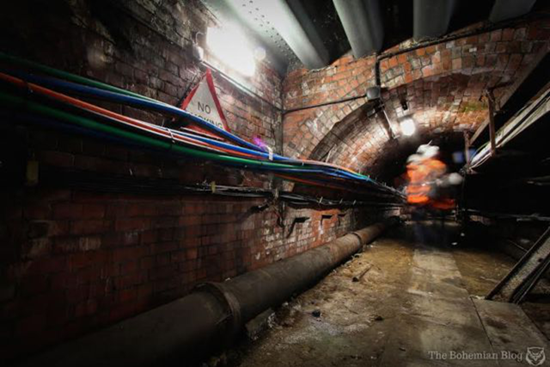
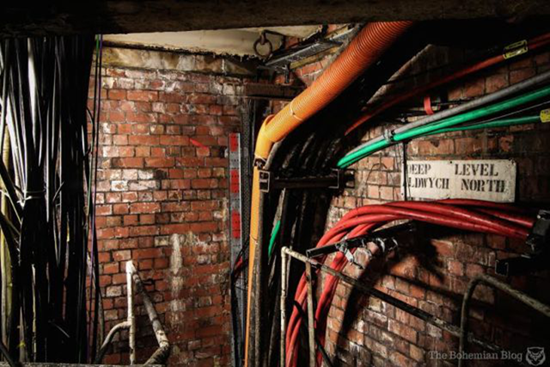
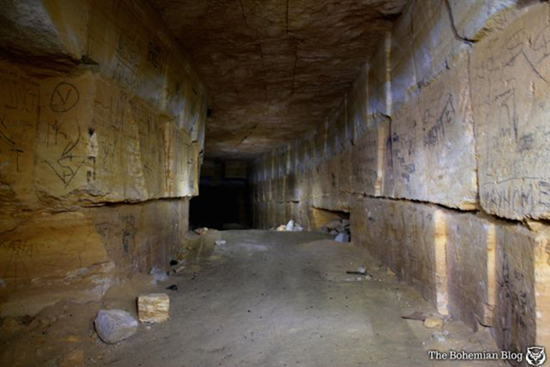
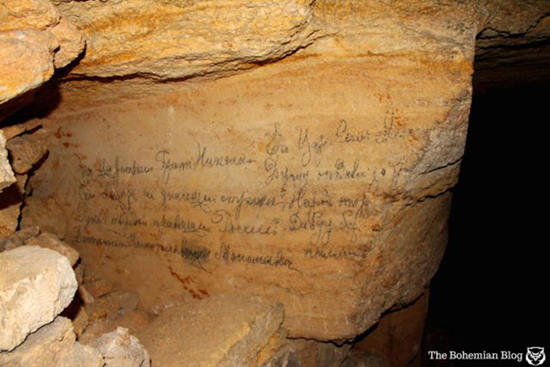
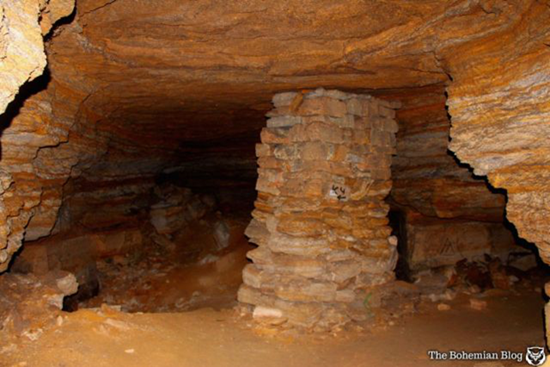



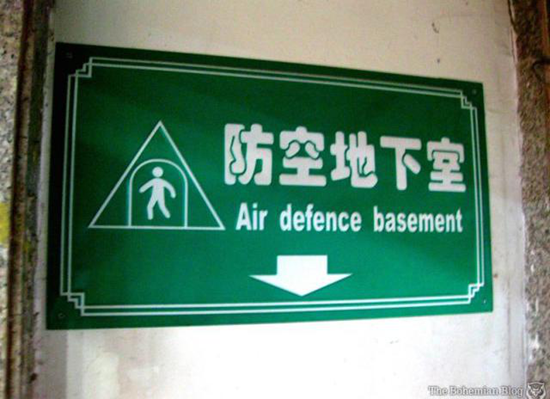
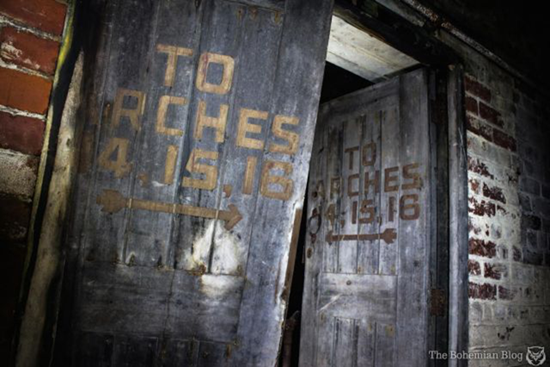

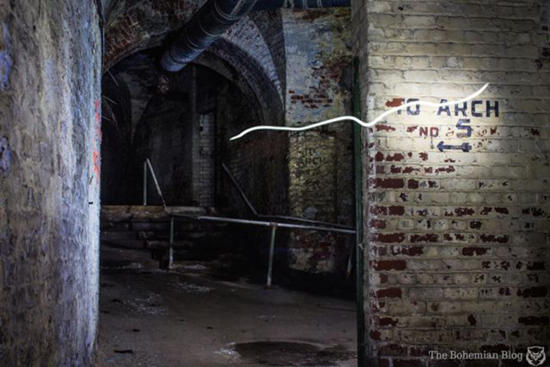
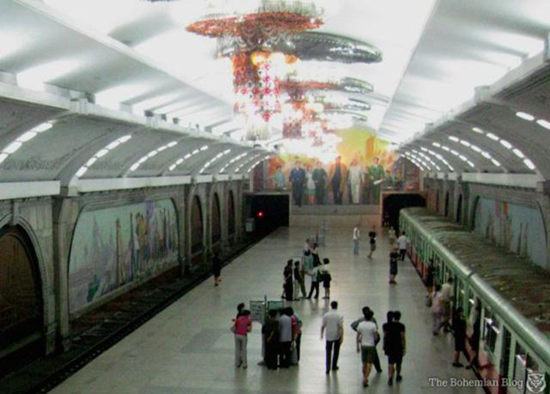

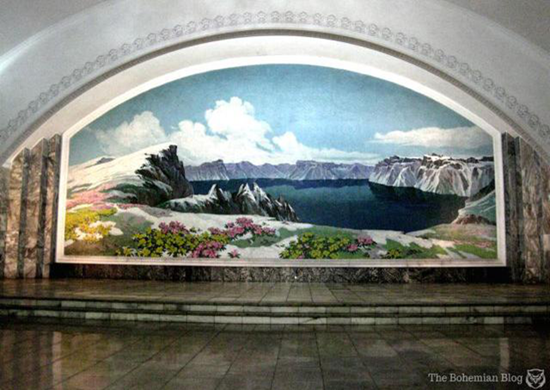
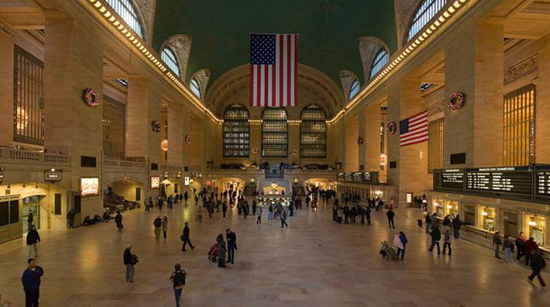

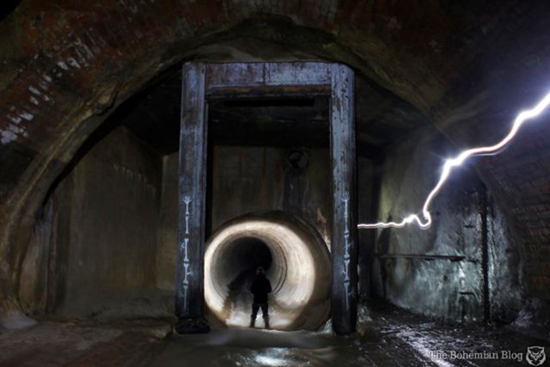
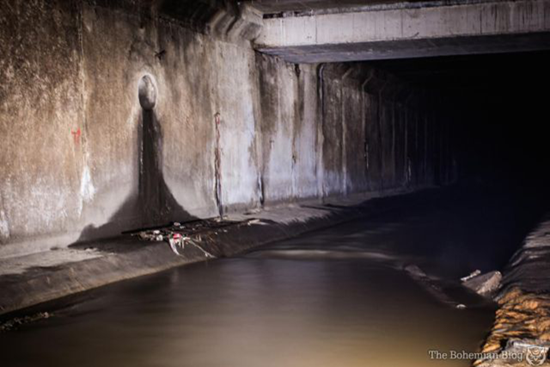
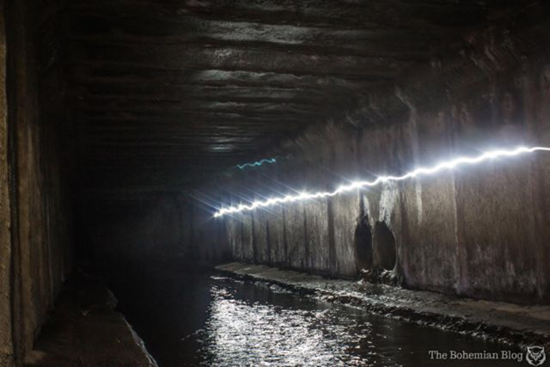
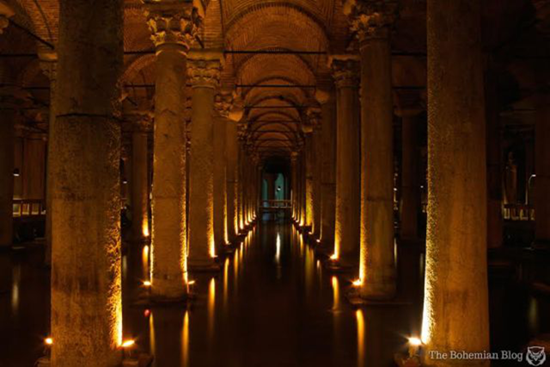

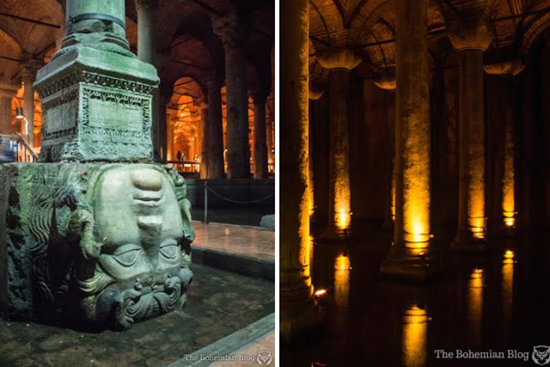

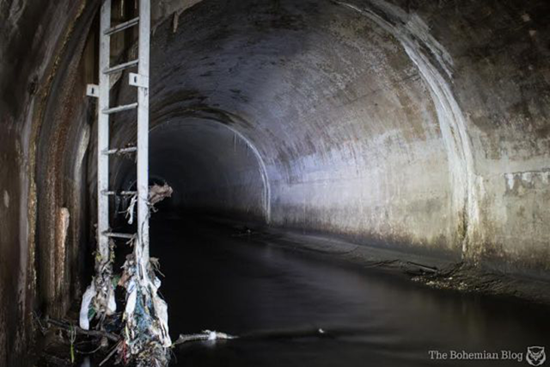
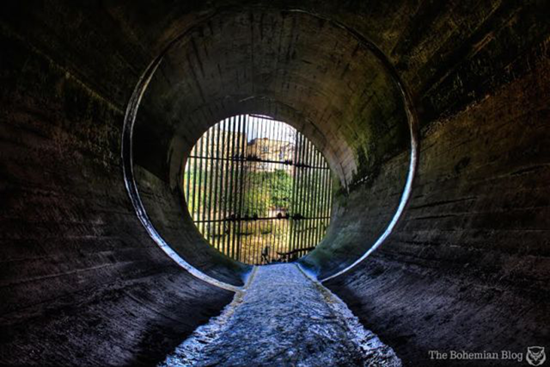
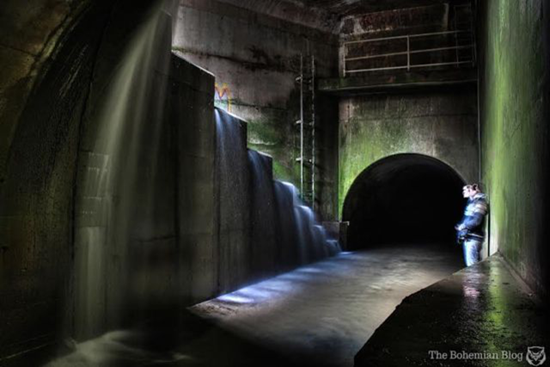
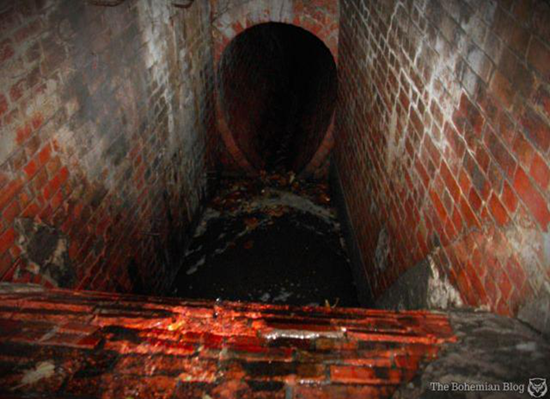
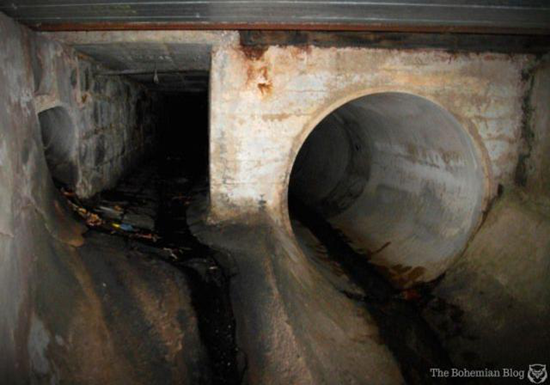
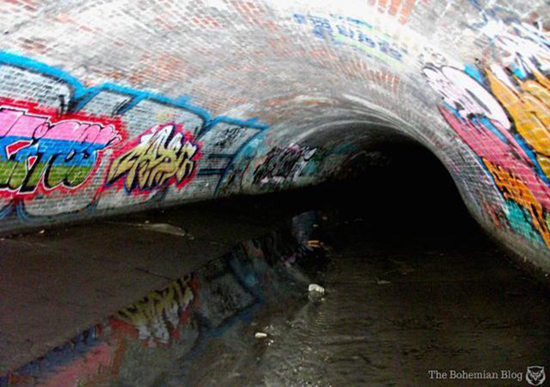
No comments:
Post a Comment
Please adhere to proper blog etiquette when posting your comments. This blog owner will exercise his absolution discretion in allowing or rejecting any comments that are deemed seditious, defamatory, libelous, racist, vulgar, insulting, and other remarks that exhibit similar characteristics. If you insist on using anonymous comments, please write your name or other IDs at the end of your message.